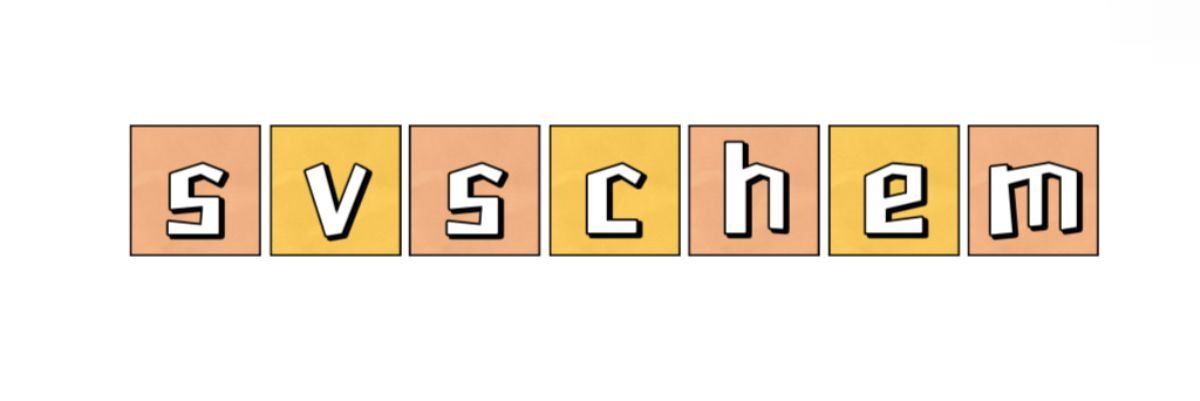Sodium Deoxycholate Powder Side Effects in 2024
Sodium deoxycholate, derived from bile salts, is garnering significant attention in 2024 particularly for its applications in fat reduction treatments. Recent research highlights that while sodium deoxycholate is effective, it's critical for potential users to be aware of its associated side effects as ongoing studies provide new insights. This article offers a thorough overview of the side effects linked to sodium deoxycholate, incorporating the latest findings to assist users in making educated decisions.
Understanding Sodium Deoxycholate
Sodium deoxycholate serves as an emulsifying agent, widely used for its ability to dissolve fat in cosmetic procedures, specifically in injections targeting localized fat deposits. Acknowledging the effectiveness of this compound, understanding its associated risks remains equally vital.
Common Side Effects
Clinical observations indicate that sodium deoxycholate can lead to various side effects. The most frequently reported include:
- Pain and Swelling: Injections may cause temporary localized pain and swelling at the injection site, generally subsiding within a few days.
- Bruising: Bruising is commonly observed post-injection, which can last from a few days to several weeks.
- Redness and Itching: Some patients experience erythema and pruritus—symptoms reflecting an inflammatory response at the injection site.
Less Common but Serious Side Effects
While many side effects are mild and resolve quickly, certain serious reactions should be noted:
- Allergic Reactions: Although rare, users may experience allergic reactions, including hives, difficulty breathing, or facial and throat swelling.
- Infection: As with any injectable treatment, there exists the risk of infection; adherence to sterile techniques substantially mitigates this risk.
- Skin Necrosis: In extremely rare instances, improper injection techniques can lead to skin necrosis or damage to adjacent tissues.
Long-Term Effects and Considerations
With the rising popularity of sodium deoxycholate in aesthetic and medical applications, long-term studies are critical to ascertain any persistent side effects or complications. At present, data regarding the long-term impact of its usage in fat reduction treatments remains sparse.
Individuals contemplating sodium deoxycholate procedures should exercise caution, consulting qualified healthcare professionals to review personal health backgrounds and associated risks. Additionally, choosing licensed practitioners experienced in anatomical nuances is essential to minimize the occurrence of adverse effects.
Conclusion
As we explore sodium deoxycholate’s advancements in 2024, awareness of its side effects remains paramount for those considering this treatment. Ongoing updates from clinical research and safety assessments will enrich our understanding, empowering patients to make informed choices about their health and aesthetic aspirations.
For further information, please refer to Sodium Deoxycholate Powder Side Effects, Sodium Deoxycholate Powder, Herba Epimedii Powder.


